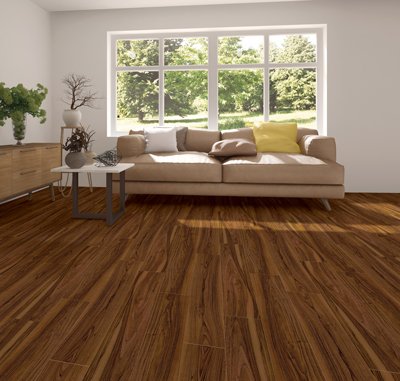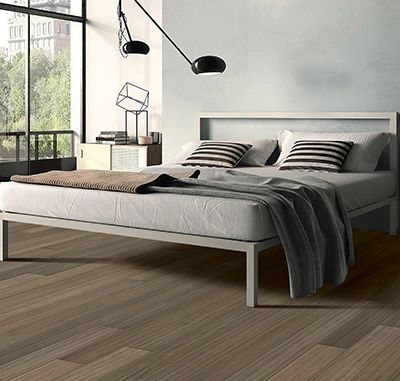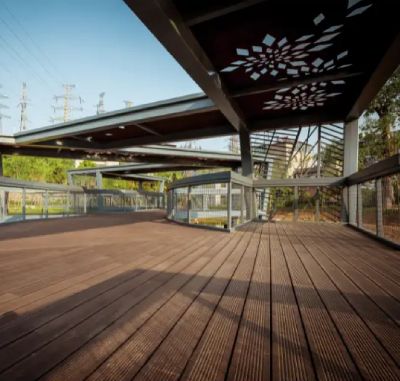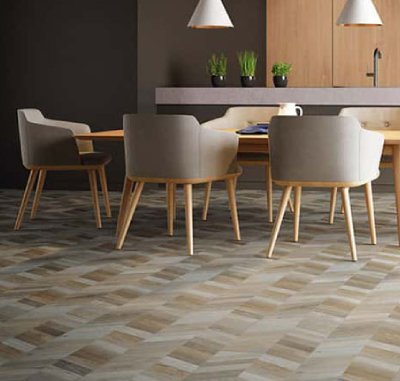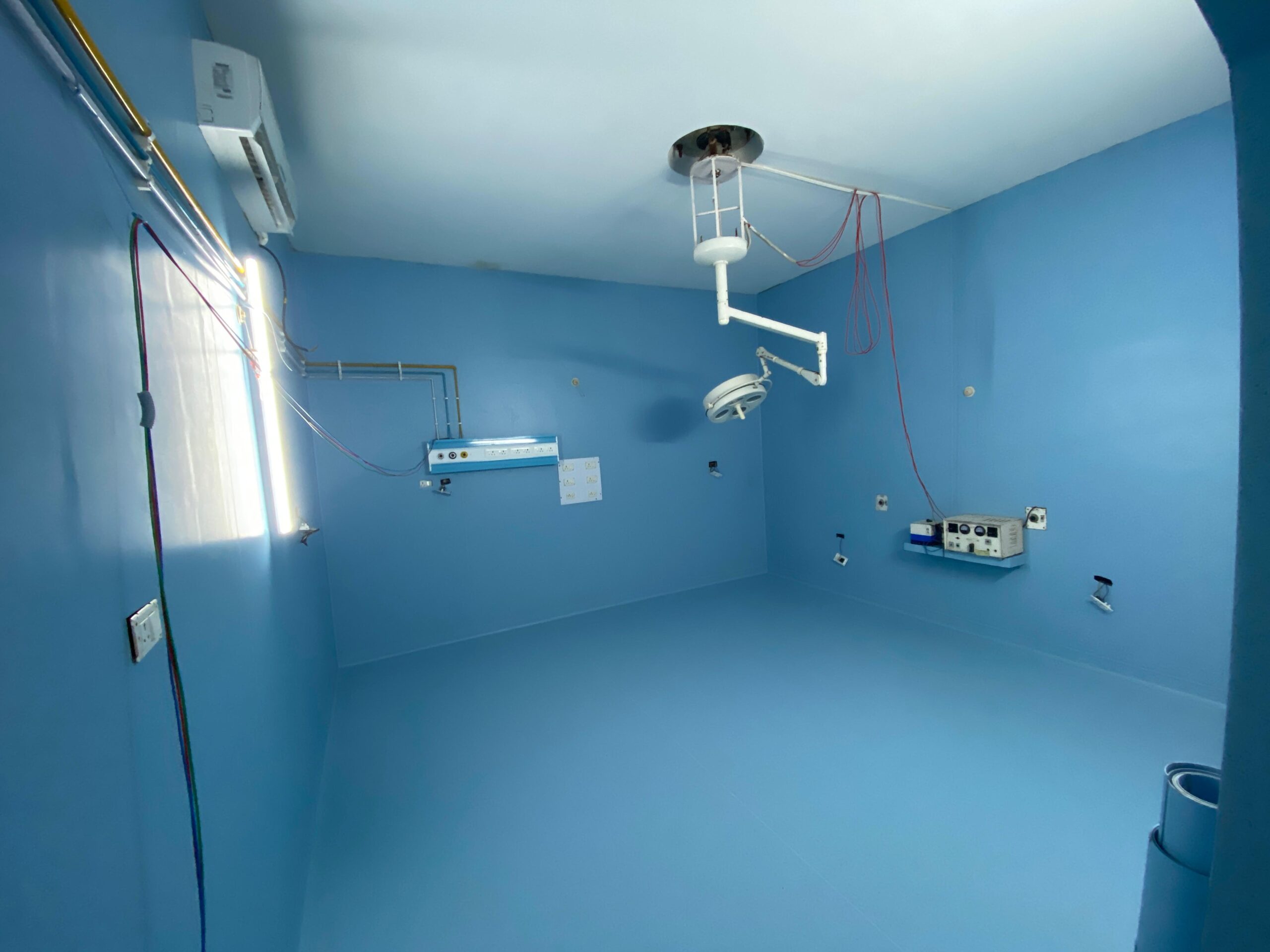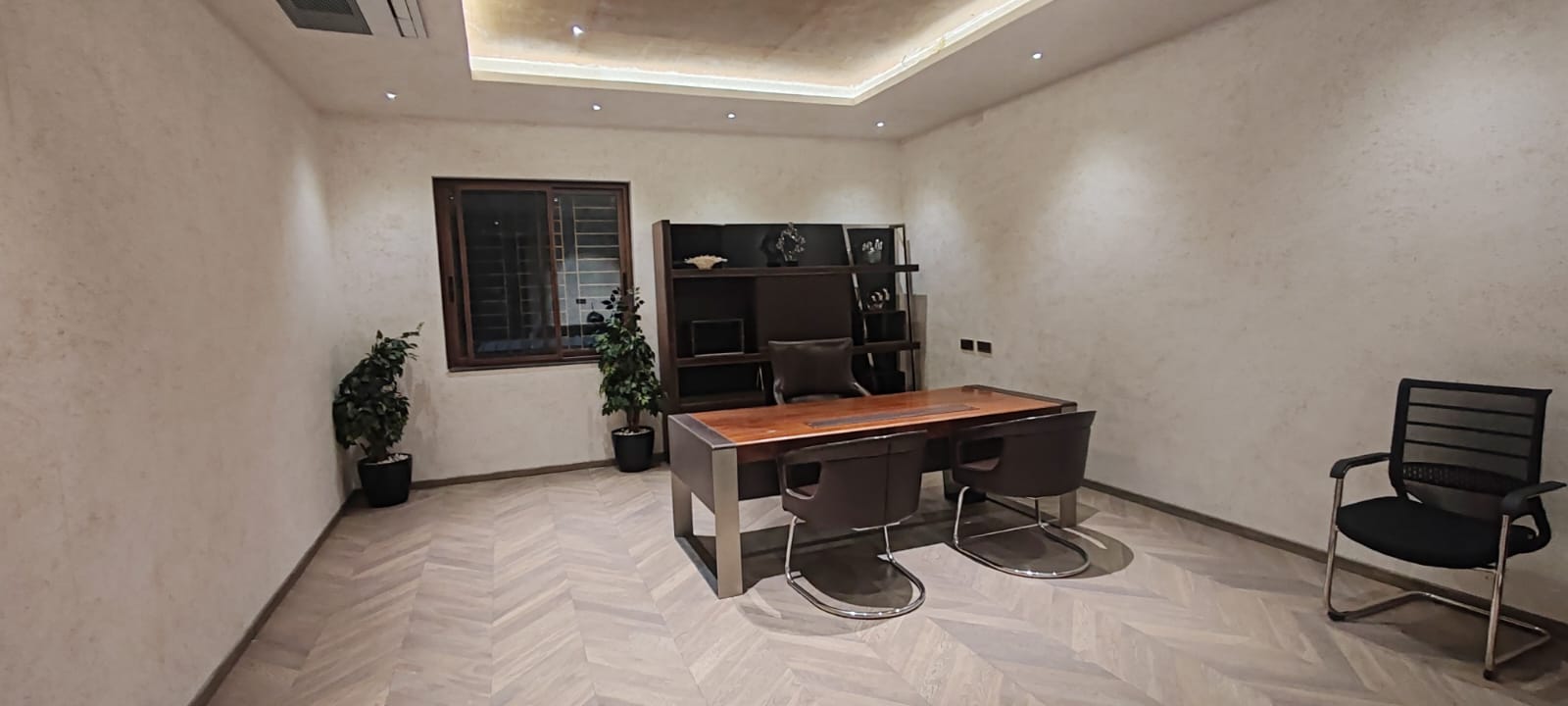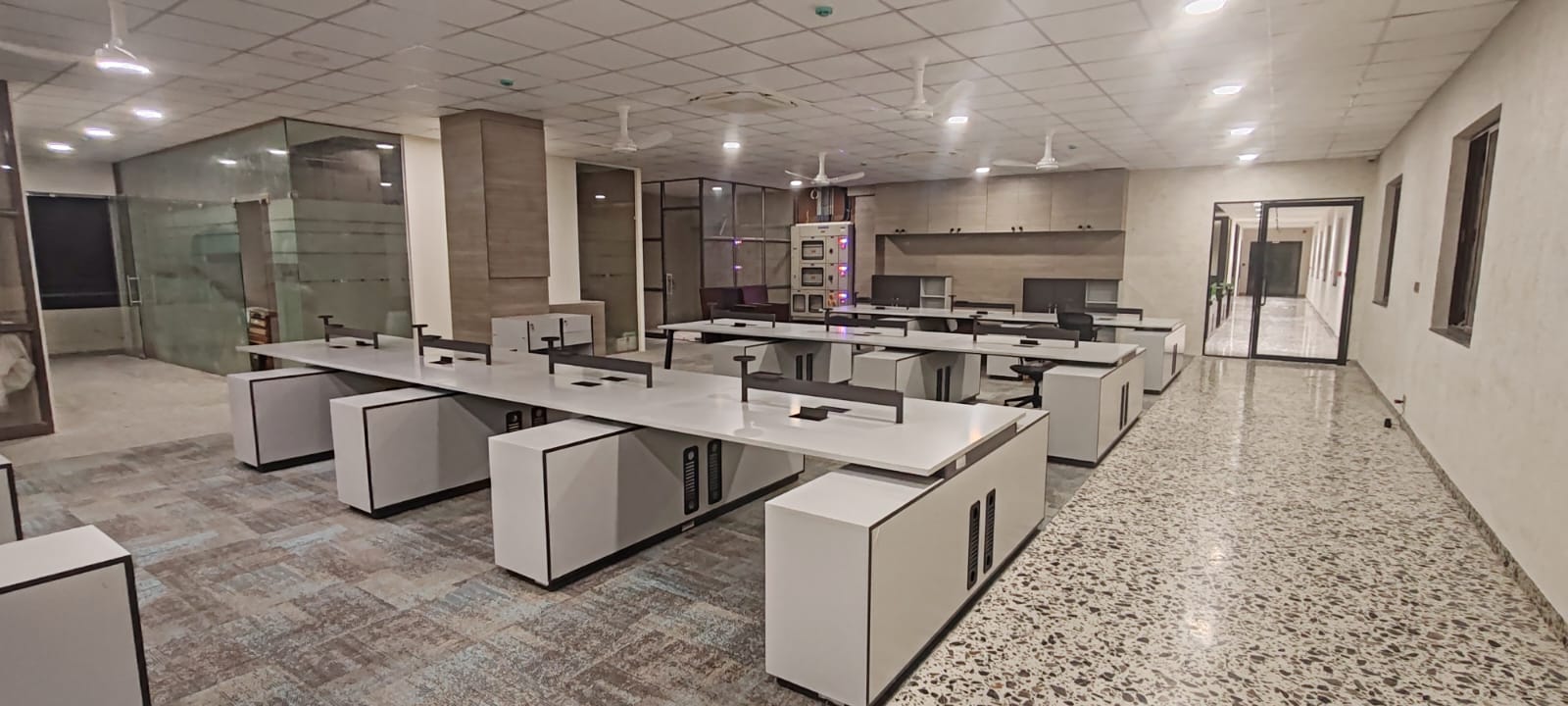




Services in Coimbatore
Transform your spaces with elegant and durable wooden flooring solutions. Designed to enhance comfort, style, and functionality.
Choose from a Wide Range of Durable and Elegant Designs!
Adding Warmth, Beauty, and Luxury to Every Step You Take
Low Maintenance, High Aesthetic – Perfect for Any Space!
Perfect Floors, Perfect Homes – Tailored to Your Style





Services in Coimbatore
Transform your spaces with elegant and durable wooden flooring solutions. Designed to enhance comfort, style, and functionality.
From Classic Hardwood to Modern Engineered Floors, We Do It All!
Adding Warmth, Beauty, and Luxury to Every Step You Take.
Low Maintenance, High Aesthetic – Perfect for Any Space!
Perfect Floors, Perfect Homes – Tailored to Your Style.

About Us
We passionately believe that our Wooden Flooring can elevate your home or business to next level of living environment. Lay Brown started up in 2018, distributors of laminate flooring – our innovative flooring designs and satisfying solutions makes living design dreams come true. Our credentials, experience, specialization, commitment, delivery period, customization, accessories, maintenance guidance, cleaning solutions, green solutions helps to serve our
- Wooden Flooring Dealers
- Interior Designers
- Building Owners
- Building Owners
- Architects
- Contractors
Our Process

Understanding Your Needs

Suggesting the Right Products

Installation and Finishing

Maintenance and Polishing
Testimonials
Brands We Offer















Brands We Offer


















